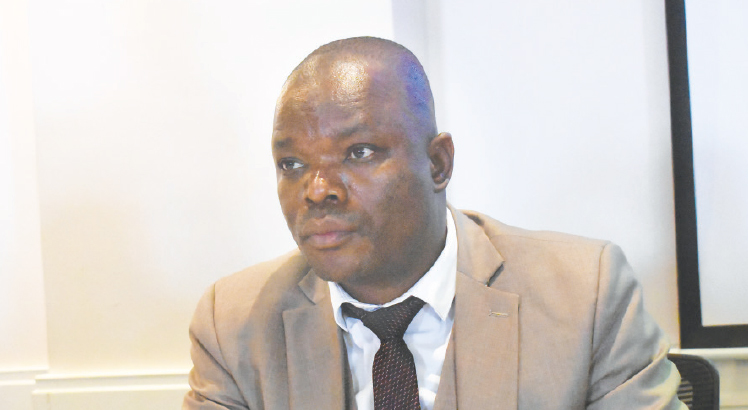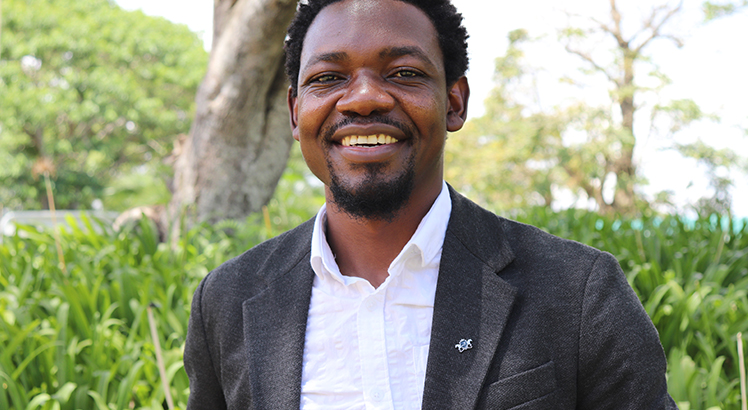‘Forms of malnutrition are shockingly high in Malawi’

In October 16 this year, Malawi joined the rest of the world in commemorating World Food Day. Our News Analyst Phillip Pemba caught up with Food and Agriculture Organisation (FAO) representative to Malawi, Florence Rolle, who explains the relevance of the day and other issues.
Q
How relevant is World Food Day?
A
The United Nations set aside October 16th to remind its member States about food issues and renew their commitment to addressing food related challenges. The day is celebrated in over 150 countries by [FAO], its sister agencies the World Food Programme and the International Fund for Agriculture Development, governments, and many other stakeholders including farmers and consumer associations. This year, the day [was] commemorated under the theme: “Sustainable Food Systems for Food Security and Nutrition”. This theme emphasises the importance of sustainable food systems in producing nutritious diets for all people today while also protecting the capacity of future generation to feed themselves.
Q
What’s the significance of this year’s theme to Malawi?
A
According to the State of Food Insecurity in the World report, released on October 1st, 2013, globally a total of 842 million people in 2011-2013, or around one in eight people in the world, were estimated to be suffering from chronic hunger, regularly not getting enough food to conduct an active life. Of these, around 160 million are children who are so malnourished that they never reach their full physical and cognitive potential. This is a representation of one out of every five children worldwide of stunted growth.
In Malawi, according to the latest forecast of the Malawi Vulnerability Assessment Committee (MVAC), an estimated 1.46 million people (9.5% of the total population) will not be able to meet their annual calorie needs during the 2013/2014 agricultural year.
The majority of the people in Malawi depend directly on agriculture for their food and livelihoods. It is therefore very important to have sustainable food production systems in place to ensure that the country will be able to produce all the 6 food groups in order to access healthy diets every day to lead productive lives.
QHow do you assess the status of sustainable food systems for food security in Malawi?
A
The government and various stakeholders are doing commendable work in ensuring that systems are in place not only for food security but for the larger goal of nutrition security as well. However, given the high level of malnutrition in Malawi, more needs to happen. While there is a strong consensus that the food and agriculture sector can make a significant contribution to nutrition, to operate a nutrition- enhancing or even nutrition-driven agriculture, continued and strengthened efforts are needed.
Q
Recently, Malawi was praised for successfully fighting hunger but things seem to be going in the opposite direction. Where do you think things have gone wrong?
A
Let me start by saying that recently, during a High Level Meeting of African and International leaders on “Renewed Partnership for a Unified Approach to End Hunger in Africa by 2025” jointly convened by the African Union, the FAO and Lula Institute from June 29th to July 1st, 2913, in Addis Ababa, Malawi was chosen as one of the four pilot countries, including Angola, Ethiopia and Niger to implement this initiative. With good collaboration, coordination and strong leadership, it is possible to achieve food security by 2025.
Coming back to your question, when weather adverse for mono-cropped agricultural systems strike, low yields result. Now, soil, water and biodiversity are increasingly being integrated into programmes to be prepared for different weather situations and to create healthy soil. For those who buy food, when price of maize is high, people’s access to maize in these low yield areas is jeopardized, particularly the poorest and vulnerable households. This is what is happening this year. In other areas production has been good and farmers have still maize in their storage.
QThere are reports of 21 districts being affected by hunger this year, according to MVAC. How is FAO addressing this issue?
A
The government with its partners from the UN and other agencies has developed a comprehensive humanitarian response plan to address the critical areas that have been affected by drought and floods and to support the people who are not able to access enough diversified food until the next harvest.
Q
Malawi Human Rights Commission recently condemned politicisation of distribution of relief food, what is FAO’s position on the active involvement of politicians in relief food distribution?
A
FAO does not distribute relief food to affected households. This is done by the government with other UN agencies and partners. What FAO does, in time of emerging food insecurity crisis, is to empower affected communities with inputs such as quality seeds to begin leading a better and productive life and to stand on their own as quickly as possible as well as the long run. There is more and more evidence on the positive impact in linking social cash or food transfer with agricultural productive activities and nutrition education as a way to build resilience of people to cope with future shocks.






‘Forms of malnutrition are shockingly high in Malawi’ |The Nation Online